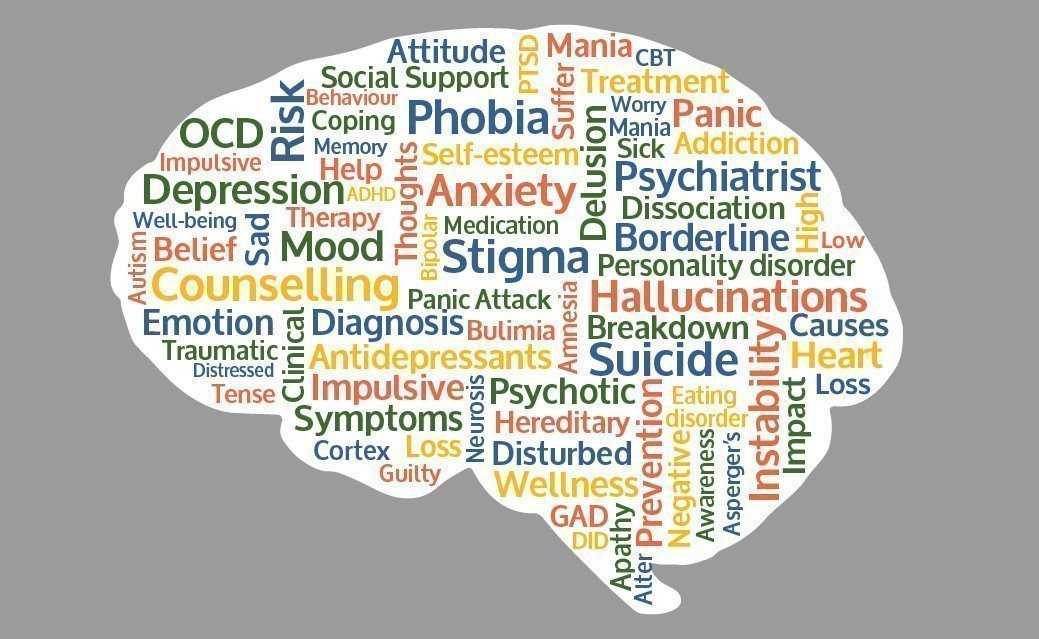on
BY: KATHY MCDONALD
I had the distinct pleasure of meeting a very interesting character in the medical profession. This individual’s accolades are too numerous to mention but needless to say this physician, researcher and policy advisor, Dr. Kwame McKenzie offered such insight to a very taboo subject in the Caribbean and African Community: mental health. He, along with many other stakeholders are waiting with great anticipation for the provincial government’s announcements on mental health and our youth. On February 8th , The Ministry of Health and Long-Term Care announced that the Ontario government will be investing millions of dollars into improving the mental well-being of Ontarians. The government will be providing greater support for psychotherapy, supportive housing, services for youth as well as providing faster access to mental health services.
Mental health studies can be found in medical journals across the globe. It is one of those social issues that just about everyone is aware of but is probably one of the most taboo topics today in the Black and Caribbean community. One thing that is crystal clear, whether we choose to ignore this issue or not: there is no health without mental health. Also, to quote Dr. McKenzie there is less wealth without mental health. As a Trustee of the Peel District School Board (PDSB), I will go as far as to extrapolate and say that there is no education without mental health. An individual’s mental capital is directly related to one’s IQ, emotional intelligence, and one’s mental health. All three components are crucial to the success of people, our students, your children. Dr. McKenzie clearly explained this concept.
Racism, improper early childhood education, systemic biases, and discrimination are huge factors that can erode a child’s well-being and such problems must be dealt with. The child’s socioeconomic environment as well as their physical surrounding also impact on their well-being. All stakeholders, including but not limited to parents, teachers, administration and the school board should have a vested interest in the mental health of all students. At the PDSB we are working earnestly to address issues of systemic biases and working to make the PDSB inclusive for all students. Our student’s diversity transcends just about every sector from socio-economic, to ethnicity, to learning style. Respect and trust are key to this initiative. Dr. McKenzie believes, and so do I as his newest disciple, that respect and trust must transform to empathy and compassion. If this occurs, we will see dramatic transformations in individuals. Once students are involved we must have respect and trust.
Parents, there are copious amounts of resources available for students to support them with any mental health issues. I like using the term “well-being” as it does not have the same stigma that “mental health” has. Do your due diligence to find every available resource. Speak to your doctor, child’s principal, Trustee or a community advocate. They can help steer you in the right direction.
The term “special education” is fighting “mental health” for supremacy in the stigma championships. In the Black and Caribbean communities, a lot of parents are resistant to getting their child designated as special educational or even to get an individual education plan (IEP). I will be the first to admit that I too struggled with the latter. When it was first suggested that my son needed an IEP I was hesitant, even though his diagnosis was “gifted”. I dreaded the IEP back then. I saw it as a tool that hindered Black students because far too many were given them. As I researched the plethora of benefits that this would afford my son I quickly agreed. I do realize that a lot of Black and Caribbean kids are being placed on IEPs that have behavioral issues and a lot of these behavioral issues are in fact mental health issues. When we couple this with the lack of trust that a lot of parents from this niche have we have the perfect recipe for disaster as far as the student is concerned. At the PDSB we are fastidiously working to improve trust, diagnosis, and access for all students. A well thought out IEP is not only a legal requirement; it is a powerful tool that can greatly improve the academic outcome of for the student that needs one.
Did you know that your child’s IEP could be beneficial even in university? The timing as to when your child is identified is also crucial. I have met dyslexic students that because they have an IEP are given double the time to write an exam. Some students with other designations are given laptops and various other computer assistive technology to help them with their elementary, secondary and tertiary education. Other students get free tuition. Did you know that children in care can get free tuition at some post-secondary institutions? As a result of all these advantages that come with an IEP or a designation, students that traditionally do not, can pursue other educational opportunities beyond high school. It is important for parents to understand that an IEP, a special education diagnosis of exceptionality or accessing mental health services is in no way a reflection of you as a parent. It will not label you as a terrible parent. In fact, it is the opposite. You are doing your due diligence as a parent to access every available resource to help your child be the best that they can be. So, journey with all stakeholders and make the well-being of your children and yourself priority number one.
Walk Good. Belle Marché.
Stay in the loop with exclusive news, stories, and insights—delivered straight to your inbox. No fluff, just real content that matters. Sign up today!
What Is Myelodysplastic Syndromes (MDS) And How Does It Turn Into Acute Myeloid Leukemia (AML)?
Our History is Everyone’s History












